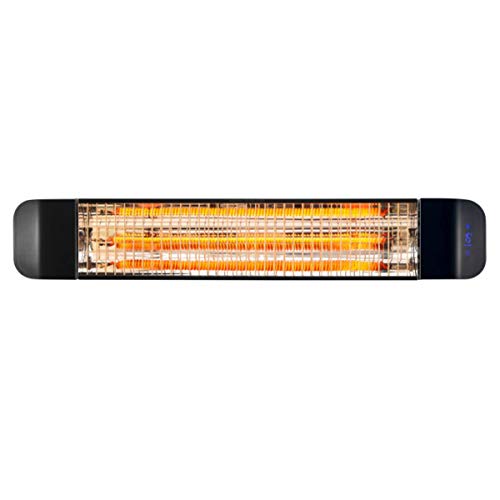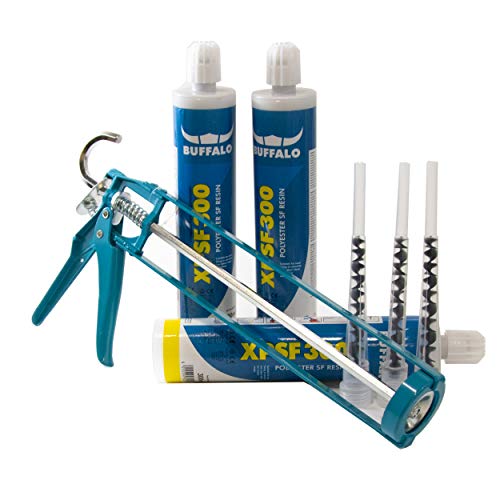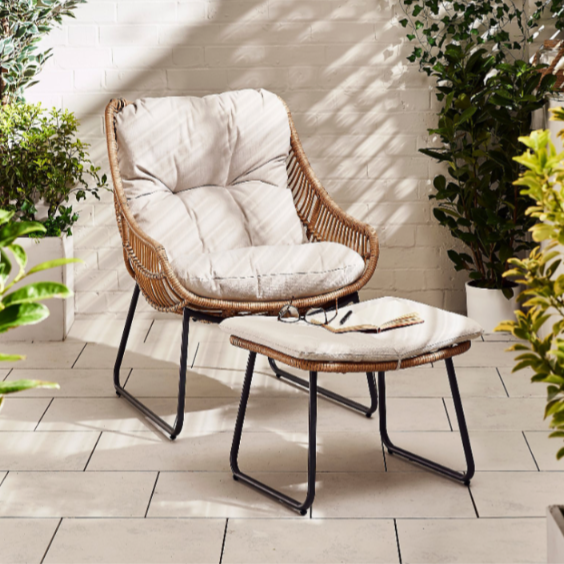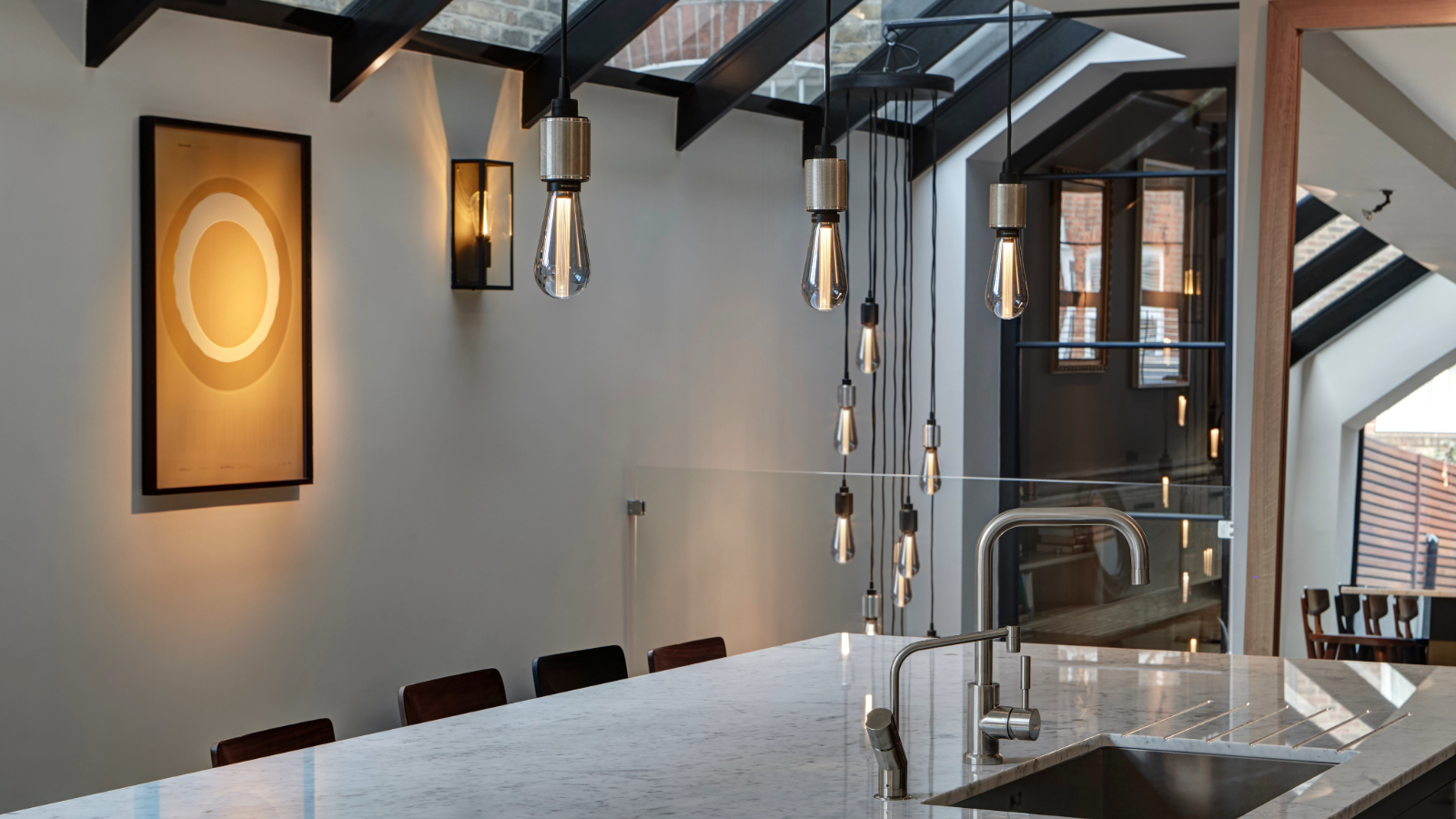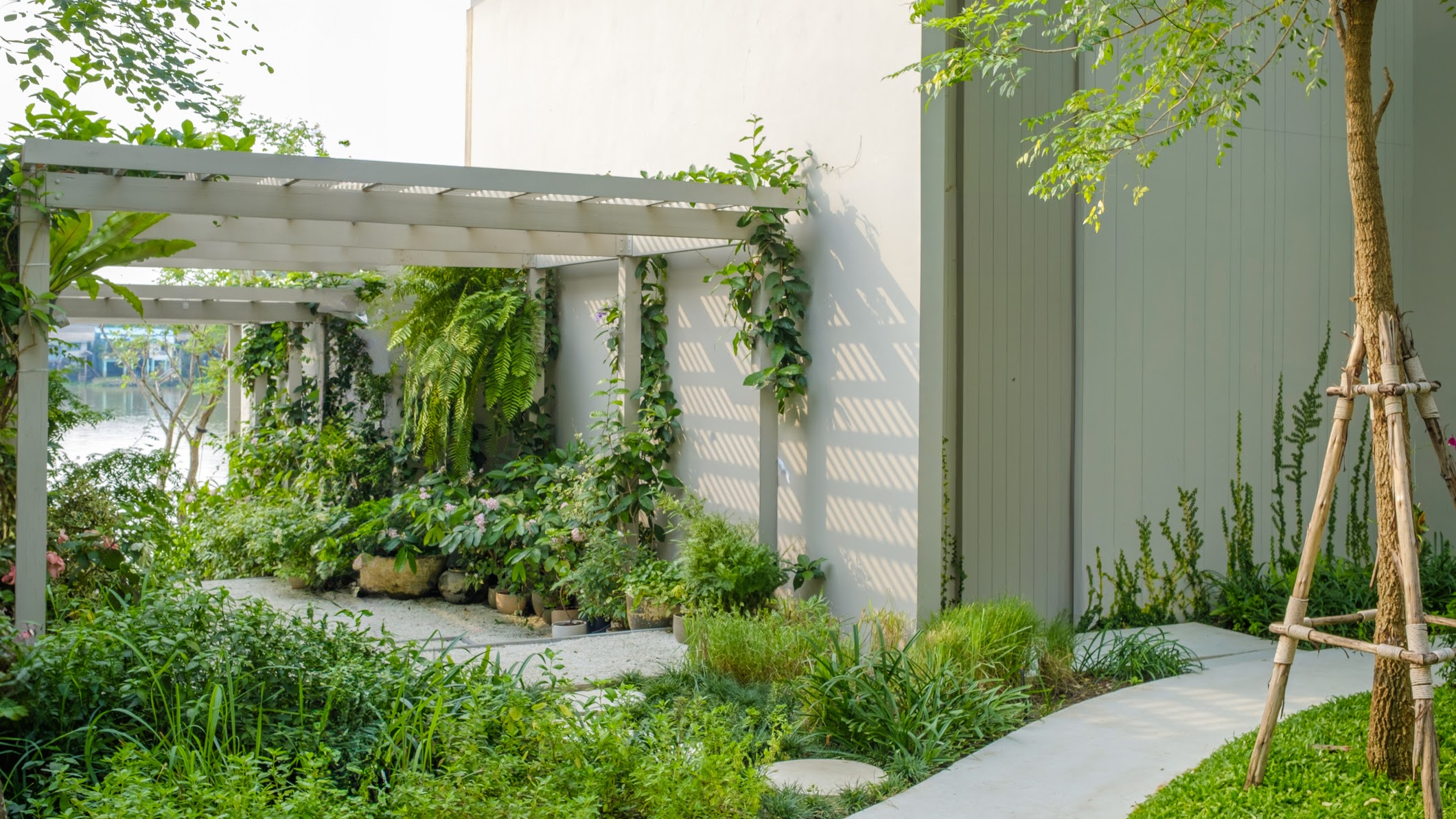
You might think of a pergola as a freestanding garden feature, but one of the most popular trending pergola ideas of the moment is to attach the structure to one side of a house.
Known by the outdoor lifestyle trade as ‘wall-mounted pergolas’, these structures bolt onto one wall of a building, extending out into the garden or onto a paved area.
A pergola attached to a house plays into your home and garden scheme differently to a freestanding example – and there are specific design, construction and planning requirements to consider too.
To find out everything you need to know about attaching a pergola to your house, we interviewed pergola experts whose experience spans a wide range of pergola styles and materials. You can find their guidance on wall-mounted pergola styles, the installation process, and whether you might require planning permission below.
Pros and cons of attaching a pergola to a house
Wall-mounted pergolas are prized for their role in blending home and garden spaces together. Unlike certain other built-on garden structures such as conservatories, pergolas don’t usually require planning permission, which makes them a relatively easy and affordable option for creating that sought-after indoor-outdoor flow at your property.
A pergola attached to a house offers much the same enticements as a freestanding model. Partial shade and shelter, growing space for climbing plants and the beauty of the pergola itself are all there to be enjoyed.
However, the advantages of attaching a pergola to a house depend on whether the installation is sensitive to the property. Added shade is a potential benefit – but a pergola could make indoor rooms too dark if it blocks a lot of daylight. And while a well-suited pergola can enhance the appearance of a home, some pergolas look ‘tacked on’ because their material or design is a poor match for the building.
Bring your dream home to life with expert advice, how to guides and design inspiration. Sign up for our newsletter and get two free tickets to a Homebuilding & Renovating Show near you.
Another potential downside to a wall-mounted pergola is that these structures are relatively complicated to remove.
“You can take a freestanding pergola with you when you move house, whereas removing a wall-mounted pergola leaves a mess, so they tend to stay with the property,” says Scott Virgo, MD of Nuvo Outdoor Living.
Some sources claim that adding a pergola to a house usually increases the property’s valuation and salability – but published research into this topic is scarce.

Scott Virgo is Managing Director of Nuvo Outdoor Living, an outdoor lifestyle company specialising in pergolas, kitchens, hot tubs and garden furniture.
Design options – different styles of wall-mounted pergolas
- Louvered roof – these pergolas have a roof panel that can be opened and closed, either manually or via an electronic mechanism
- Awning – similar to a louvered roof pergola, but with a manually operated soft canopy in place of a solid roof panel
- Glass roof – a pergola with a fixed glass roof
- Traditional – a classic pergola made up of vertical and horizontal beams, providing some shade but open to wind and rain
“One of the big trends we’re seeing in wall-mounted pergolas is alternative colours,” says Virgo.
“Until very recently, many pergolas have been white or anthracite grey, but we’ve noticed growing demand for different options such as lighter greys, and pebble grey which fits naturally with certain building materials such as Cotswold stone.”
These items will help make a homely pergola
How to attach a pergola to a house
Adding a pergola to one side of a house is generally more complicated (and impactful) than putting up a freestanding pergola, so you’ll likely need professional help with installation. The following steps are typical, although models and methods vary.
1. Secure the pergola to the building
The structural soundness and regularity of a wall-mounted pergola depends on accurate mounting to the building, so this should always be the first step in the installation process.
“Mounting methods depend on the brand and pergola, and there’s not really a right and wrong,” says Virgo.
“Some brands have brackets, much like the French cleats used to mount kitchen cabinets, that you attach to the wall before putting the pergola frame on that bracket, while some others you can bolt straight into the wall.”
Virgo adds that larger or heavier pergolas tend to require the most robust fixings.
“With some big, luxury, hurricane-resistant pergolas, we drill into the house and put threaded bar through the hole with Chemfix resin, before bolting on the beam,” he says.
“Alternatively you can use things like expansion bolts.”
2. Complete assembly
“Pergolas are generally quite easy to assemble, but you’ve got to have at least two or three people on the job because of the size and weight of the materials,” says Virgo.
“With very large pergolas that extend a long way from the house, we use Genies [a large lifting tool] to hold the beams up. That’s quite an expensive piece of kit to own or hire, but our installers have them. The extra support in the middle, holding the beam up and level, is key.”
“If you make a mistake with the levels, that has a knock-on effect on the whole pergola, and you have to redo the whole thing,” he adds.
For pergola roof ideas or side panels, these components will need to be installed once the beams are in place.
3. Anchor the pergola’s legs
When the structure of the pergola is completed, it should be anchored into a heavy, solid material in the ground (usually concrete footings).
“If anchoring into paving, we advise customers to make sure there’s a solid concrete pad to drill into underneath each leg – and it’s then a case of filling with Chemfix resin and securing the legs with suitable fittings such as expansion bolts,” says Virgo.
“For pergolas mounted over decking, you don’t want to just go into the board; there’s got to be something underneath to hold it there, preferably a concrete pad.”
“In any case, anchoring into the ground is done right at the end of installation, after steps like wall-mounting and glazing, because you want to make sure everything is fitted correctly before securing the pergola in place,” he advises.
For detailed guidance about anchoring, see our guide on how to anchor a pergola.
4. Finishing touches
With your pergola now constructed and anchored, you can set to work on turning it into the perfect addition to your indoor-outdoor lifestyle.
Planting climbing plants for pergolas and training them onto the beams of an open pergola will soon make the structure feel integral to a flourishing garden, while adding garden furniture, a pergola heater and shade-loving potted plants will bring homeliness to the pergola’s interior.

Andrew White is an outdoor expert at Harbour Lifestyle, a retailer of luxury indoor and outdoor furniture including metal pergolas.
FAQs
Do pergolas attached to a house have extra maintenance requirements?
Pergolas have similar maintenance requirements whether they’re freestanding or attached to a house – but their good condition is more important, as any deterioration in the pergola will have more impact on the safety, appearance and livability of the house itself.
“Regular upkeep will help keep your pergola in great shape,” says Andrew White of Harbour Lifestyle.
“If it’s wooden, check for rot or insect damage each year and treat it with a weatherproof sealant. If you love the wood look but would prefer less maintenance, opt for a wood effect model instead.
“Choosing an aluminium pergola is a low maintenance option with no risk of rot or rusting – simply clear away any fallen leaves and wash the frame with warm, soapy water,” he adds.
It’s a good idea to regularly check the fittings used to mount the pergola to your house, as these may require maintenance or replacement if they become weakened or seem to be letting damp into the property.
Do you need planning permission to attach a pergola to a house?
While some pergolas may fall under permitted development, high pergolas (over 2.5 metres) and pergolas mounted in public view at the front of a property are especially likely to need approval.
“We always say to customers that if you’re unsure, you should check with your local authority,” says Virgo.
“All of the structures we provide are under 2.5 metres tall so they are classed as temporary structures and fall within your rights.”
Attaching a pergola to a house could prove to be the perfect finishing touch to your home and garden design, but bear in mind that other projects in the area must be completed first. If you want to add new decking or a patio outside just outside the property, do this first. The same applies to replacing windows.
Pete Wise is a freelance writer and keen DIYer from Leeds. Pete's tool reviews have featured in titles including Homebuilding & Renovating, Ideal Home and The Independent. He also writes features and news articles for publications such as The Guardian, BBC Good Food and T3. When he isn't busy writing, Pete can often be found at libraries, pubs and live music venues. He finds tile-cutting strangely zen.
